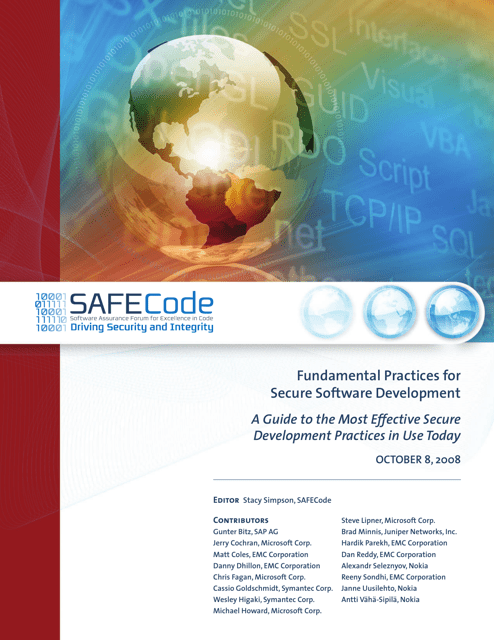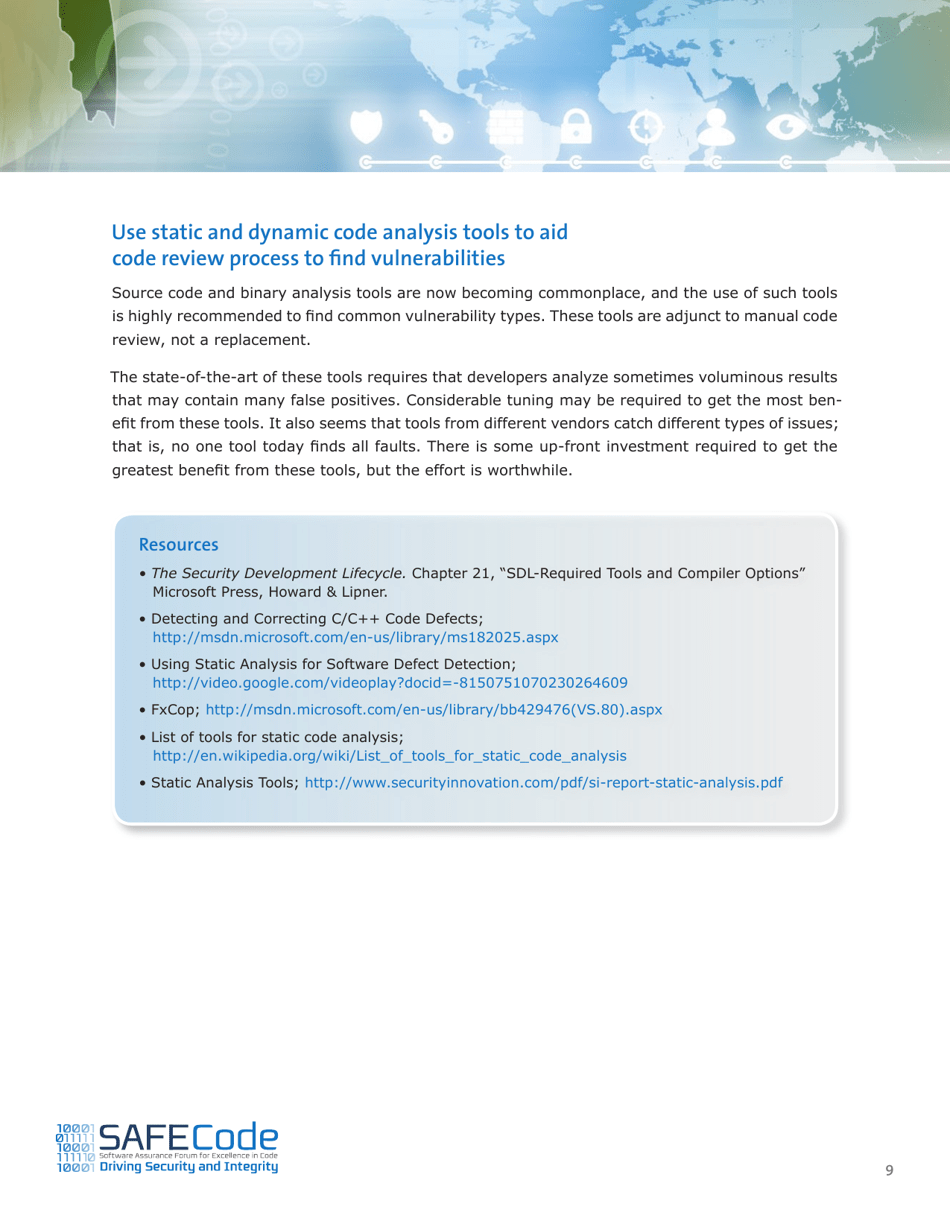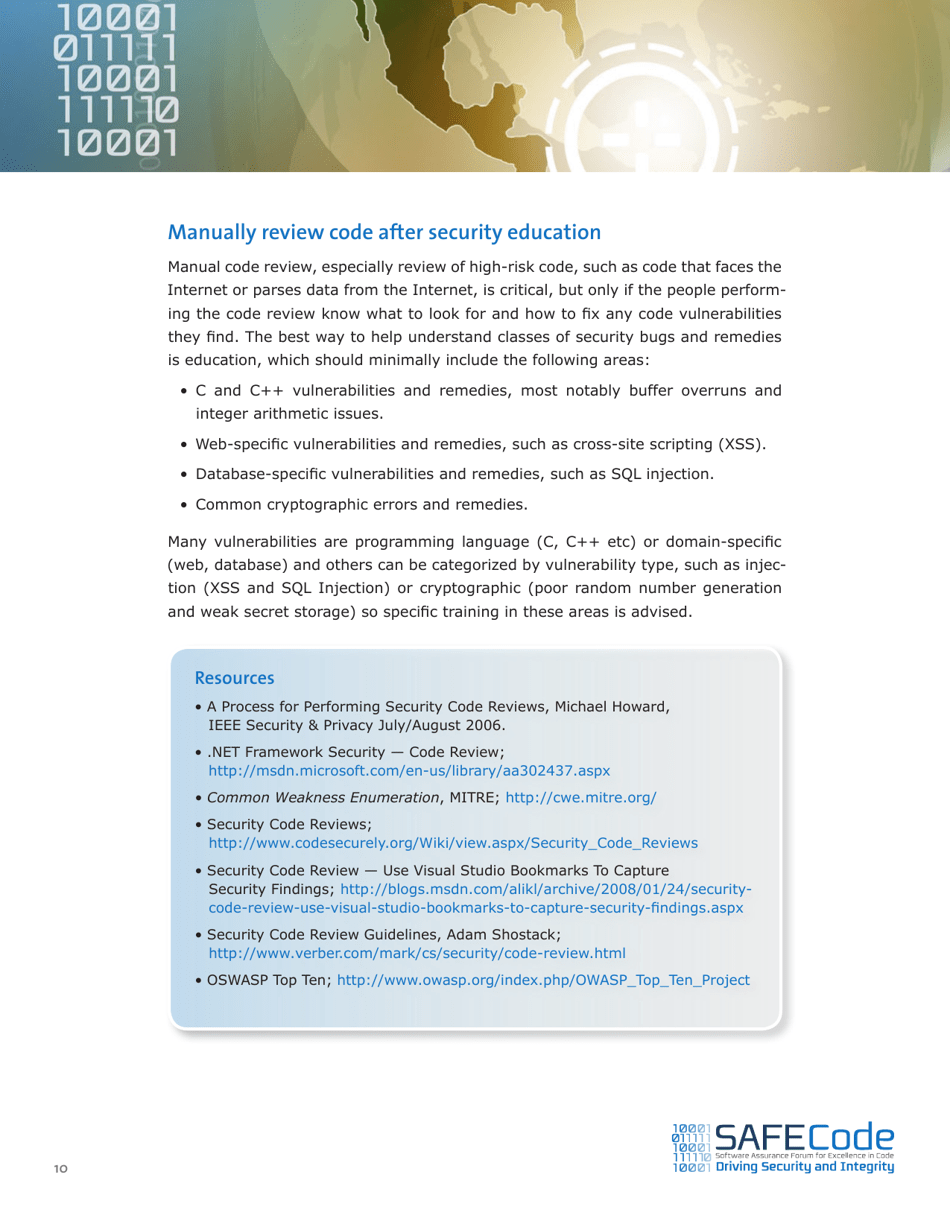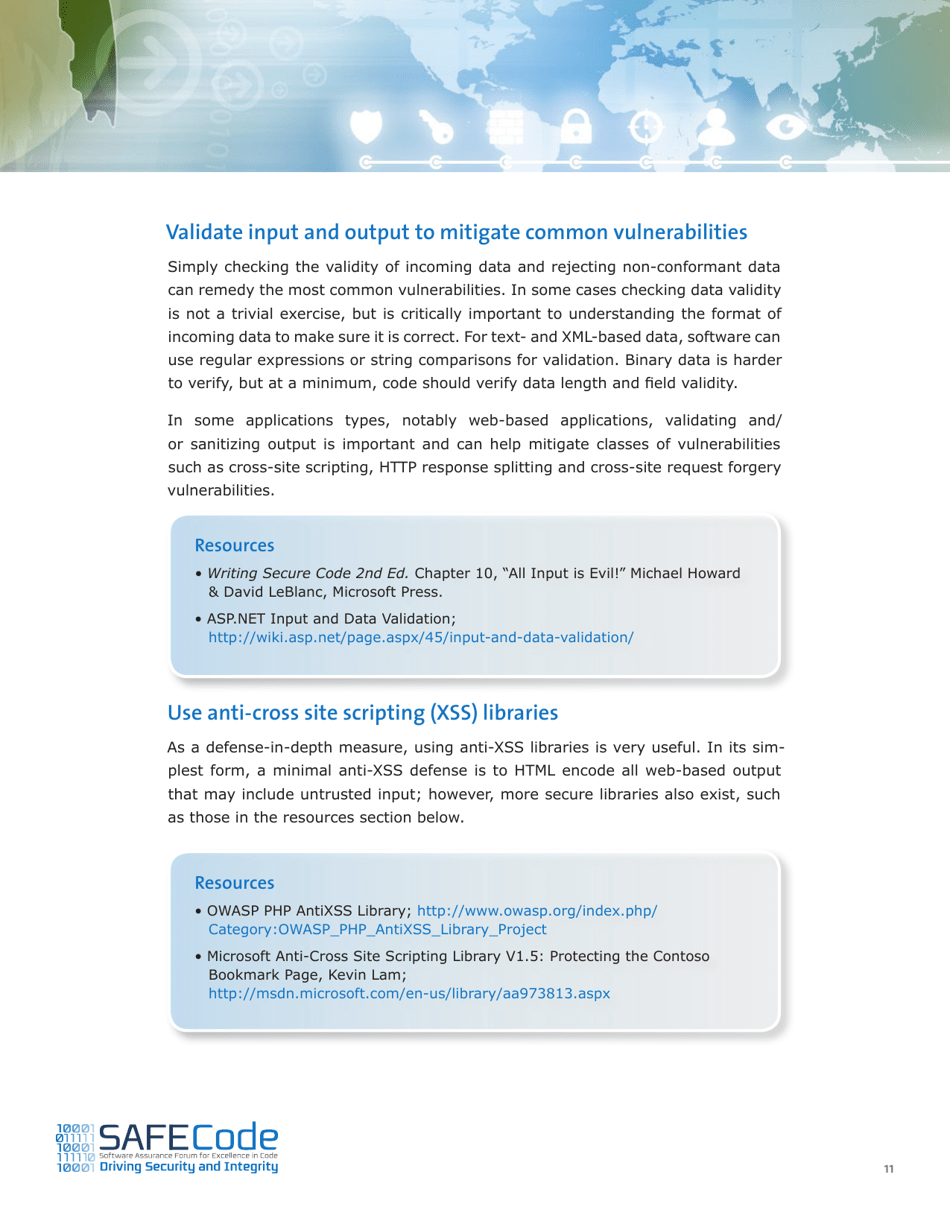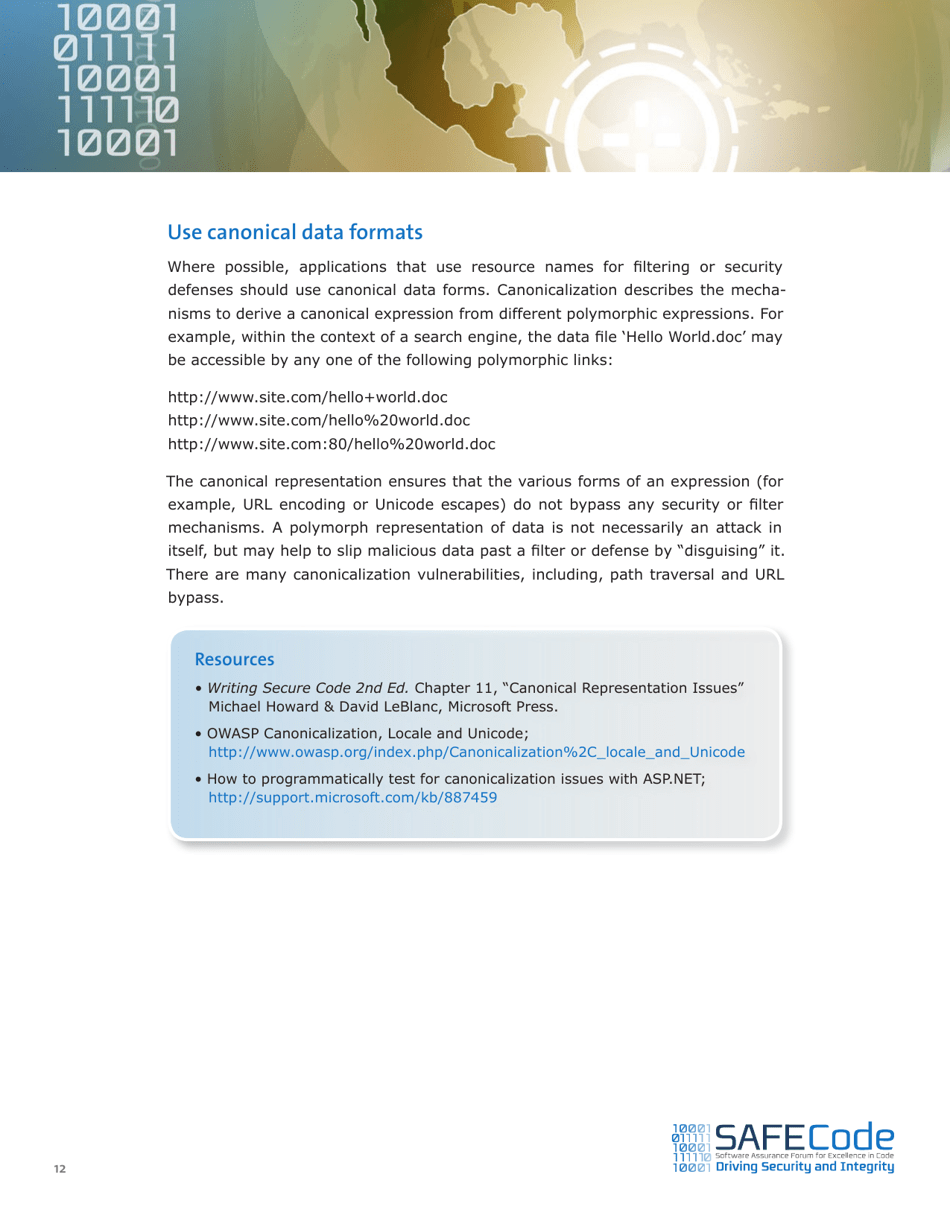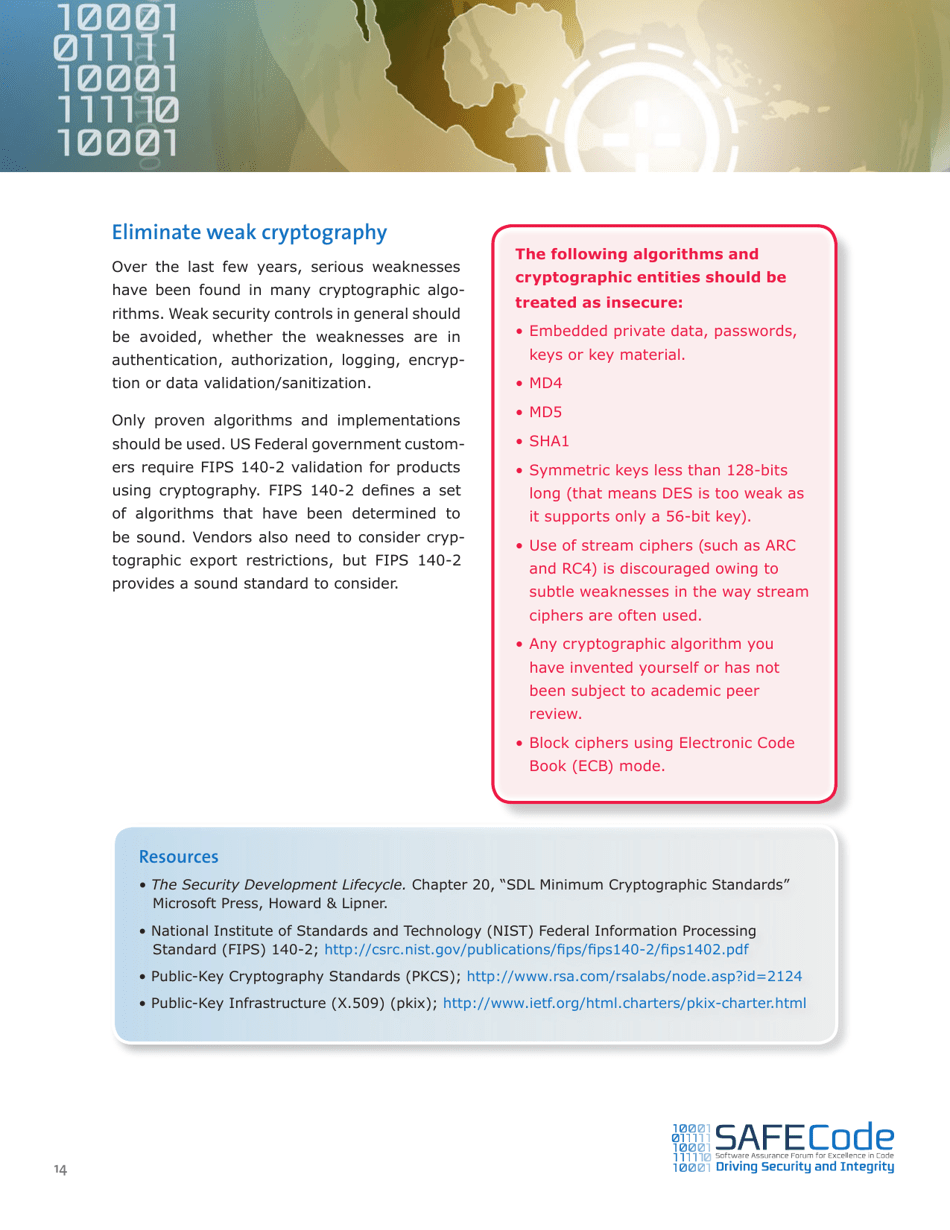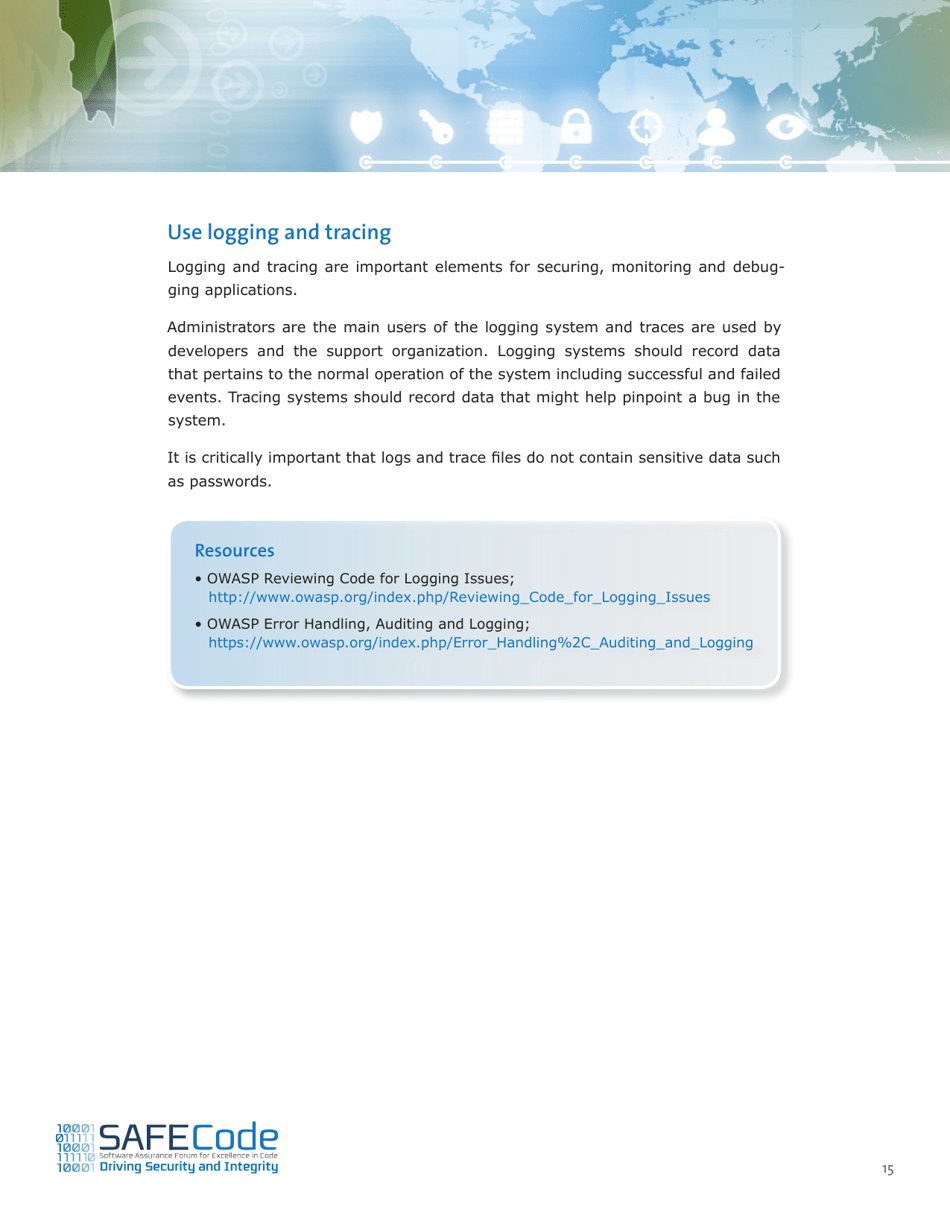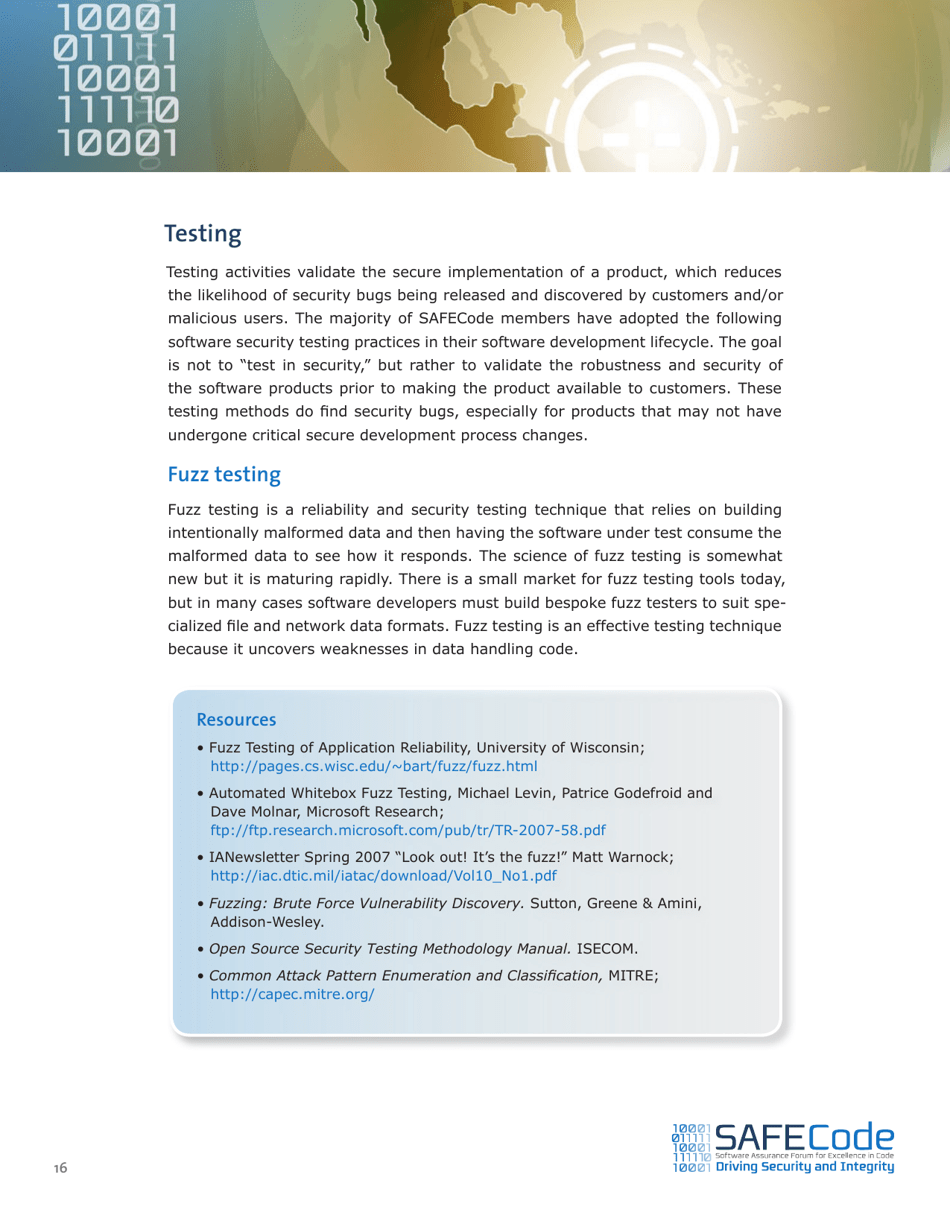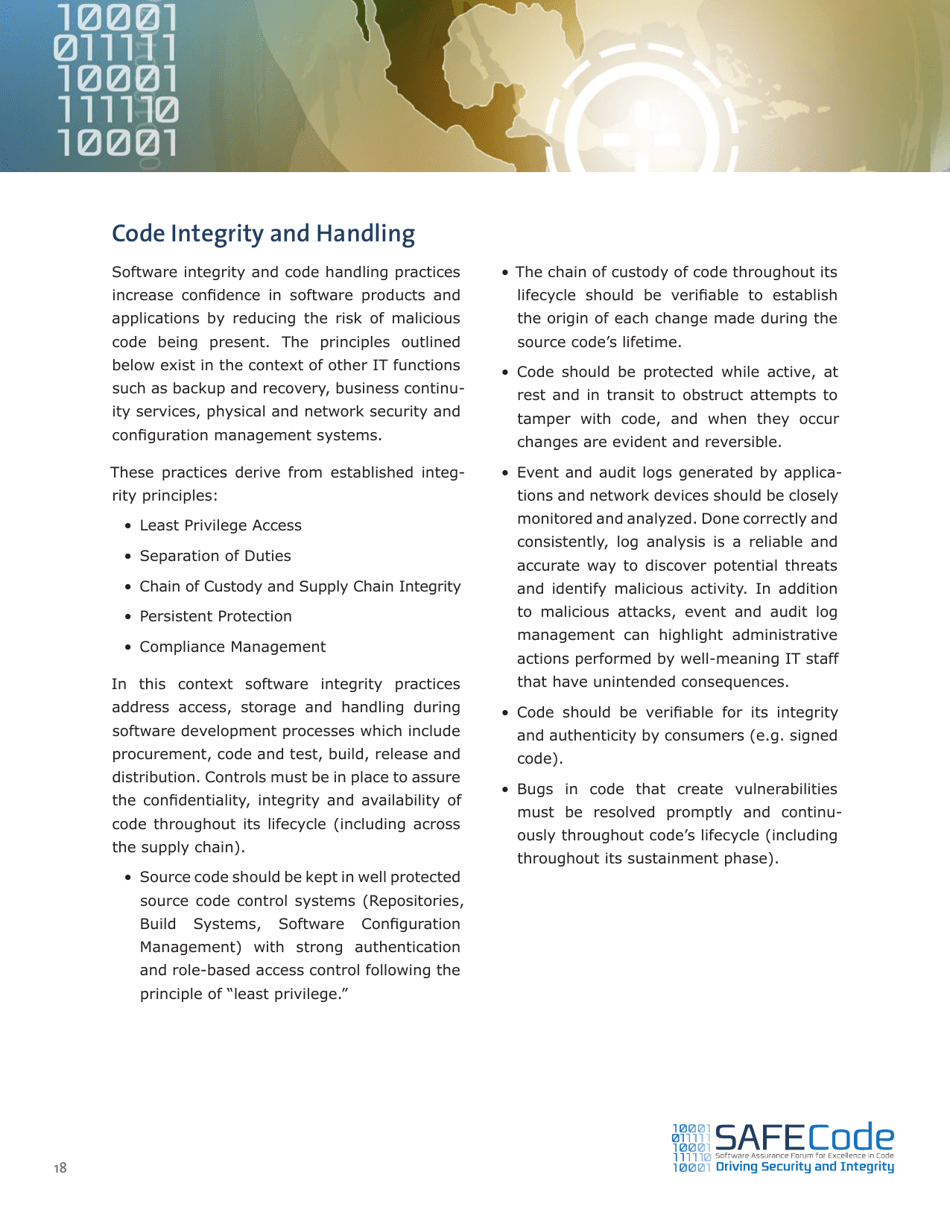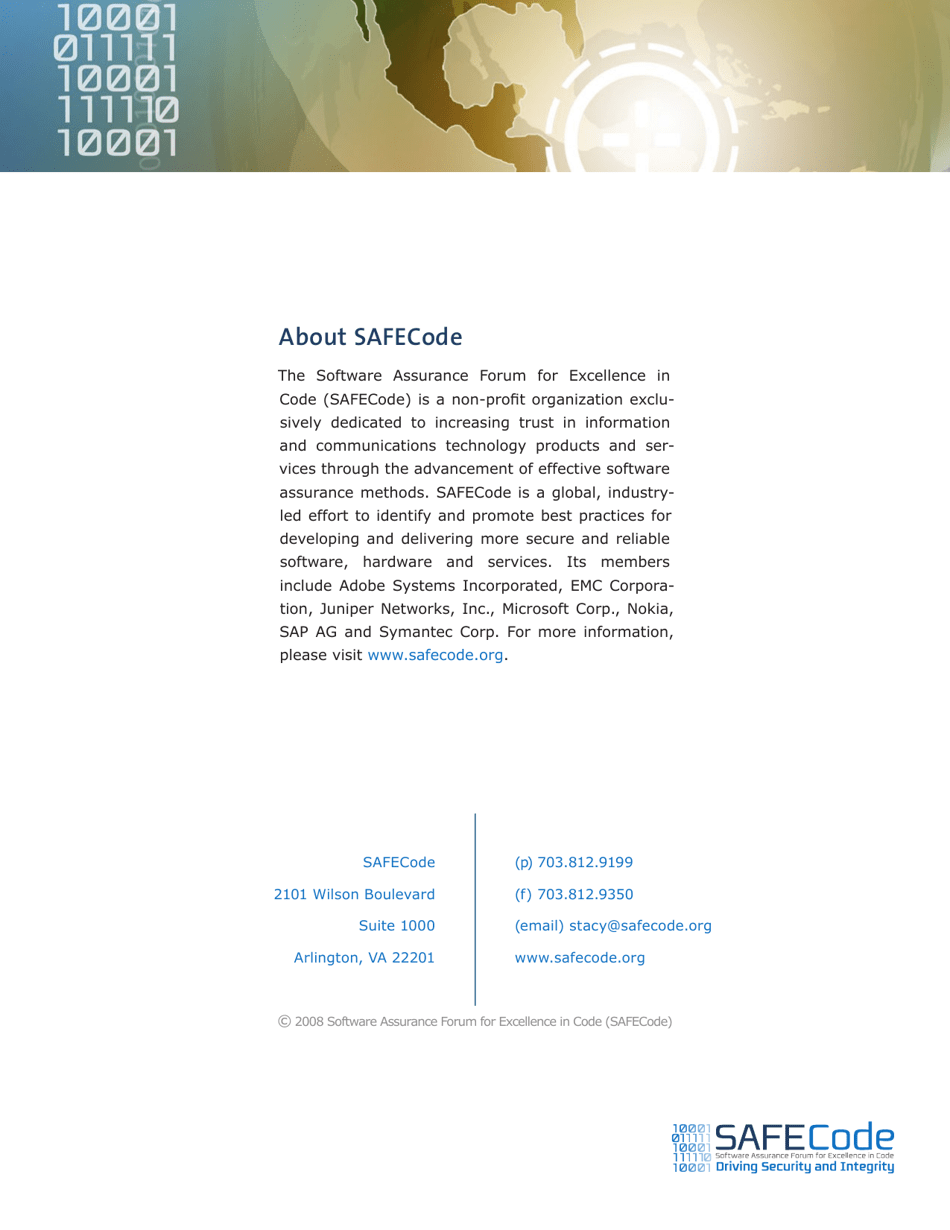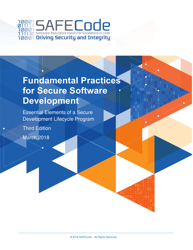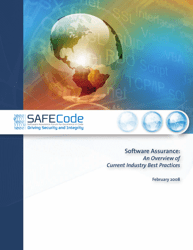Fundamental Practices for Secure Software Development - Safecode
The Fundamental Practices for Secure Software Development by SAFECode is a set of guidelines and best practices for developing software that is secure and resilient against various cyber threats. It provides recommendations on how to design, code, test, and deploy software to mitigate vulnerabilities and enhance overall security.
SAFECode is an industry-led nonprofit organization, and its members, which include various technology companies, jointly develop and publish the Fundamental Practices for Secure Software Development. So multiple companies are involved in filing the practices, but no single entity can be attributed to it.
FAQ
Q: What is the document about?
A: The document is about fundamental practices for secure software development.
Q: What does SAFECode stand for?
A: SAFECode stands for Software Assurance Forum for Excellence in Code.
Q: What is the purpose of the document?
A: The purpose of the document is to provide guidance on secure software development practices.
Q: Who developed the document?
A: The document was developed by SAFECode.
Q: Why is secure software development important?
A: Secure software development is important to protect against vulnerabilities and mitigate security risks.
Q: What are some fundamental practices for secure software development?
A: Some fundamental practices include threat modeling, secure coding guidelines, code review, and testing.
Q: What is threat modeling?
A: Threat modeling is a process of identifying potential threats and vulnerabilities in software.
Q: What are secure coding guidelines?
A: Secure coding guidelines are best practices for writing secure and resilient code.
Q: What is code review?
A: Code review involves examining the code for potential security flaws or vulnerabilities.
Q: Why is testing important in secure software development?
A: Testing helps identify and fix security issues before the software is deployed.
